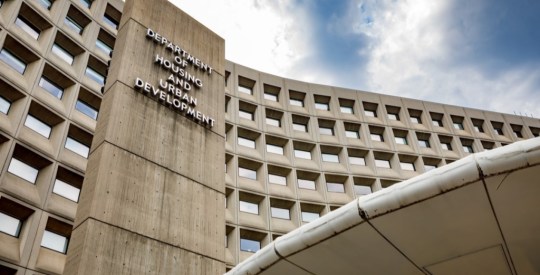One in five mortgages originated today would fail the litmus test for obtaining heightened legal protections under the qualified mortgage rule’s safe harbor provision, according to a test trial conducted by ComplianceEase.
Come January, the safe-harbor provision offered as part of Dodd-Frank’s QM standard will be the only thing that gives lenders absolute legal protection if an originated loan fails later on. But to get this important stamp of approval, lenders first have to show the loan meets certain underwriting provisions and new standards for points and fees.
This may sound easy, but a recent test performed by ComplianceEase suggests it’s not so cut and dry — and many loans could be left out, making it essential for lenders to get their arms around the best QM compliance tools.
This is where ComplianceEase steps in. The firm’s ComplianceAnalyzer automated solution conducts complete home loan audits to ensure compliance with Dodd-Frank Act requirements, including the QM standard.
Using this tool, ComplianceEase recently produced data on a large number of loans, concluding that the universe of QM qualified loans may be much smaller than expected, creating a situation where more loans will have to be picked up by the private market since they’re less likely to sync with current QM criteria.
After crunching the numbers and data, ComplianceEase concluded that more than half of the loans falling outside QM do so because of charges exceeding the 3% points-and-fees threshold. It's not an estimation made in a box, either. Marcus McCue, an executive vice president at Guardian Mortgage wrote on HousingWire that nearly half of loans originated today do not meet QM requirements.
In addition, those loans with fees that exceed the 3% threshold usually go at least $1,500 beyond the ceiling, ComplianceEase noted. Other loans that fall outside QM have APRs that are simply too high to qualify for safe harbor protection.
John Vong, president of ComplianceEase, discussed some of the changes to points and fees calculations and how these adjustments are expected to push more loans outside the safe harbor parameters.
Vong reviewed all of the changes hitting in January, as well as their impact on QM qualification.
Securing the QM designation is crucial since loans falling outside the guidelines may be ineligible for purchase, insurance or government backing. The new points and fees threshold also pushes more loans into the high-cost category, subjecting them to certain restrictions under the Home Ownership and Equity Protection Act, ComplianceEase explained.
"With new, stricter points and fees thresholds in the amended HOEPA, close to three percent of loans in the study that previously weren’t HOEPA loans would move into the federal high-cost category," ComplianceEase pointed out in a statement. "On average, those loans would exceed the new HOEPA points and fees threshold by more than $1,000. ComplianceEase has designed the new capabilities in ComplianceAnalyzer to target these areas of high exposure."
But it gets even more complicated than that.
On or after Jan. 1, points and fees used in the 3% threshold calculation will include prepayment penalties on a loan. The new rule also includes exclusions for mortgage insurance premiums paid before closing, bona fide third-party charges and certain bona fide dicount points, Vong said.
The executive notes that by January when the new rules hit, “if a loan has a prepayment penalty when you refinance, that penalty needs to be added to the points and fees calculations." He added that this “will trigger the maximum 3% violation.”
The high percentage of loans landing outside the boundaries of the QM safe harbor is partly due to “differences in points and fees calculations," Vong suggested.
The end result of the study is a loan population that could easily become the target of the private sector — with many of the loans falling outside the QM arena. “I think there will be non-QM loans popping up after a few months,” Vong said. “Wall Street and other investors are gearing up to buy non-QM loans. I think there is a market for it.”
One source who commented on the QM situation said: “The question will be if the secondary markets will be ready to absorb non-QM product, for example via the mREIT model. There is money on the sideline and if non-QM loans can be successfully placed in the secondary, then non-bank lenders will focus on that. As it stands QM loans are going to be done just by the big banks to keep on portfolio."
With the QM rules rolling out mid-January, it’s crunch time for lenders, with Vong already noticing demand for compliance solutions like ComplianceAnalyzer. The company is already seeing a pick up in demand from firms that want to begin practicing their QM loan analysis prior to the January launch of the new Dodd-Frank rules.
ComplianceEase is not the only firm to worry about QM qualifications. CoreLogic earlier this year released a study, saying only half of today's mortgage originations meet the qualified mortgage requirements.



